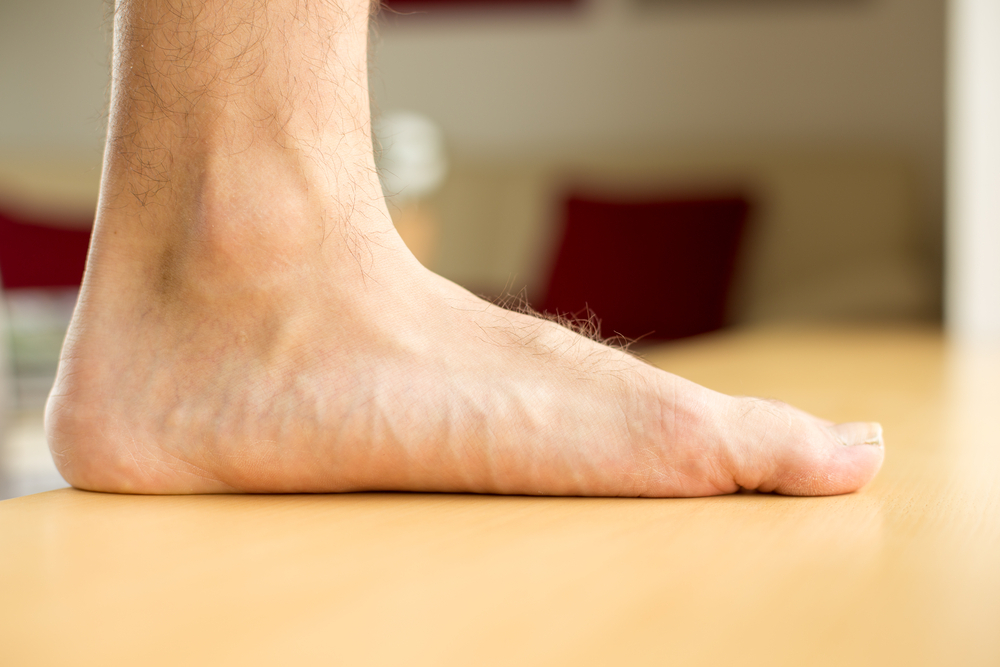
Flat feet can cause pain from your feet up through your knees, hips, and lower back, preventing you from enjoying your favorite activities. Daniel Pero, DPM, at Integrative Foot and Ankle in West Palm Beach, Florida, has extensive experience identifying the cause of flat feet and providing customized care using today’s most advanced devices, such as HyProCure®. To learn how you can finally get relief from the pain caused by flat feet, call the office nearest you or connect online today.
request an appointmentWhat causes flat feet?
Flat feet develop when the arch in your foot collapses, either partially or completely. There are three primary types of flat feet:
Pediatric flat feet
Children naturally have flat feet for their first six years because it takes time for their bones to fully mature and develop strong arches. However, some children don’t develop normal arches and continue to have flat feet.
Flexible flat feet
This type of flat feet begins in children or teens and continues to get worse throughout adulthood. If you have flexible flat feet, your feet are flat when you stand but normal arches return when sitting.
Adult-acquired flat feet
Adult-acquired flat feet develop gradually due to health conditions that affect the arches. Arthritis, a broken foot, and damaged nerves can cause adult-acquired flat feet. However, the most common cause is posterior tibial tendon dysfunction (PTTD).
The posterior tibial tendon, which supports the arch, runs from the bottom of your calf muscle, through your ankle to your foot bones. PTTD often develops from repetitive movements that lead to an inflamed or damaged tendon.
What symptoms develop due to flat feet?
Pediatric flat feet may not cause symptoms at first. Then as children get older, they may experience pain, instability, and difficulty moving their feet.
Flexible flat feet cause symptoms that include:
- Heel and arch pain
- Ankle pain
- Shin splints (pain along the shin bone)
- Knee, hip, and lower back pain
- General foot and leg fatigue
If you develop adult-acquired flat feet, you may experience ankle pain, difficulty walking or standing, or pain that’s worse with high-impact activities. You may also develop bone spurs that cause painful bumps on the top or inside of your feet.
How are flat feet treated?
Dr. Pero typically begins with conservative treatments, such as customized orthotics or braces, or structured exercises. If you have PTTD, he may need to temporarily immobilize your foot and prescribe anti-inflammatory medications.
If your pain is severe or you have advanced PTTD, damaged nerves, or other underlying problems, Dr. Pero may talk with you about surgery. However, most people with flat feet improve with the HyProCure ® device.
As an expert in minimally invasive procedures, Dr. Pero quickly and easily places the HyProCure device in a natural space between foot bones. The HyProCure instantly stabilizes the foot and prevents the arch from collapsing.
If you struggle with pain due to flat feet, call Integrative Foot and Ankle or book an appointment online to learn about your treatment options.
